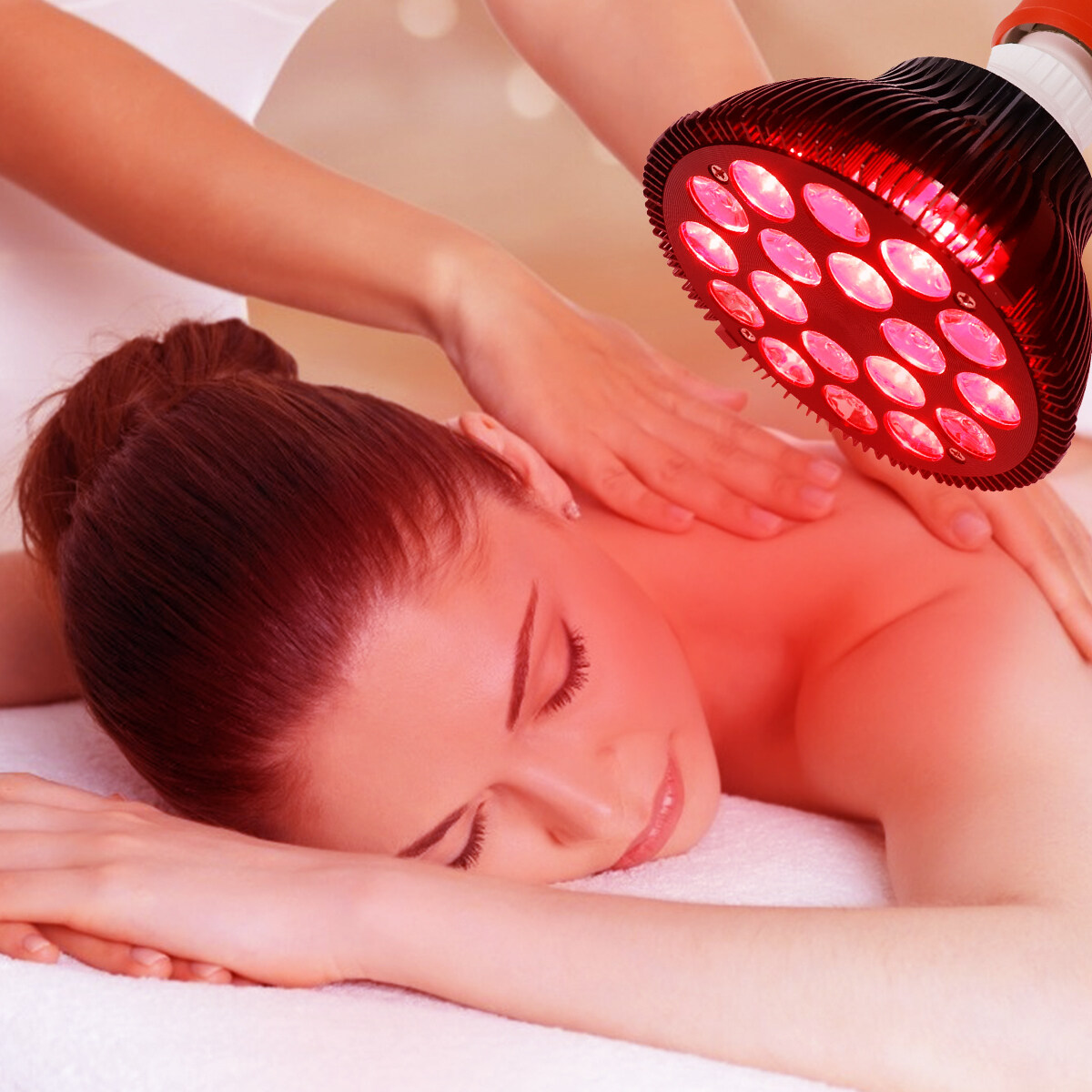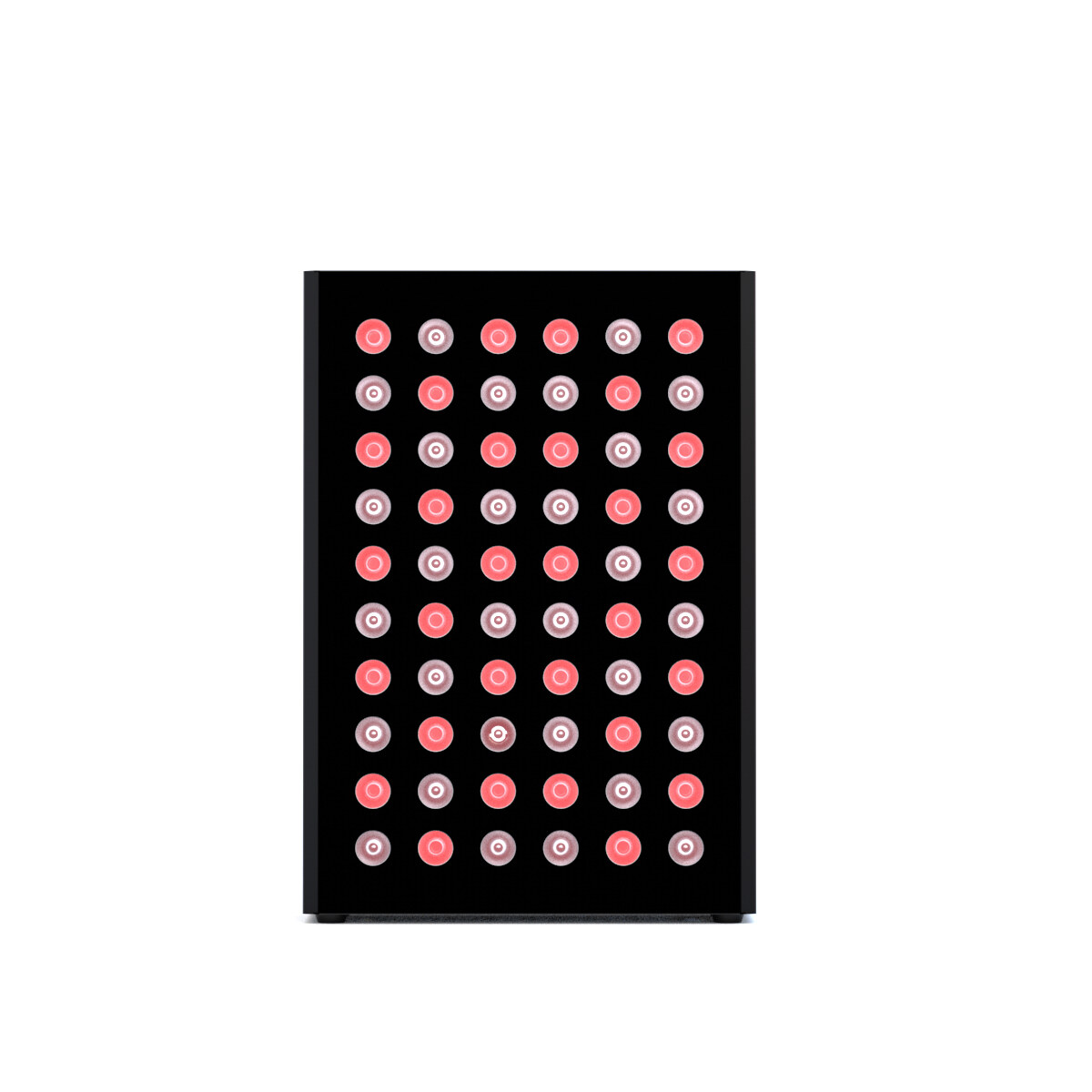Email format error
Email cannot be empty
Email already exists
6-20 characters(letters plus numbers only)
The password is inconsistent
Email format error
Email cannot be empty
Email does not exist
6-20 characters(letters plus numbers only)
The password is inconsistent


As technology continues to advance, so do the methods for improving our health and wellness. Red light therapy medical devices have become increasingly popular due to their non-invasive nature and potential benefits across various conditions. Initially reserved for professional healthcare settings, these devices are now widely accessible, making them a popular choice for at-home treatment of skin issues, pain management, and even enhanced muscle recovery.
Red light therapy (RLT), also known as low-level light therapy (LLLT) or photobiomodulation, uses specific wavelengths of red and near-infrared light to penetrate the skin and stimulate cellular activity. Unlike ultraviolet light, which can damage the skin, red light works by encouraging cellular repair and regeneration without causing harm.
Red light therapy is used in a variety of medical and cosmetic applications, from reducing inflammation and speeding up wound healing to alleviating pain and improving skin health. The wavelengths used in red light therapy typically range between 600 to 1,000 nanometers, where red light (600-700 nm) and near-infrared light (700-1,000 nm) penetrate different levels of the skin to target various health concerns.

Red light therapy devices work by emitting specific wavelengths of light that are absorbed by the mitochondria, the energy centers of the cells. This absorption process triggers a cascade of cellular activities, which helps in promoting healing and reducing inflammation. Here’s a breakdown of how it works:
Red light therapy medical devices offer a range of potential health benefits that appeal to both healthcare providers and consumers seeking at-home solutions. Here are some of the key benefits:
Red light therapy is commonly used to alleviate pain and inflammation associated with conditions like arthritis, joint pain, and muscle soreness. The increased ATP production helps reduce inflammation, while the enhanced blood flow promotes healing.
One of the most popular uses of red light therapy is for skin health. The therapy can stimulate collagen production, which helps reduce fine lines and wrinkles, as well as improve overall skin tone and texture. It's also used to treat conditions like acne, eczema, and psoriasis by reducing inflammation and accelerating healing.
Athletes and fitness enthusiasts often use red light therapy to speed up muscle recovery after intense workouts. The therapy’s ability to reduce inflammation and promote cellular repair can lead to faster recovery times and improved performance.
Red light therapy has been shown to speed up wound healing and reduce scarring by stimulating cellular repair processes and collagen production. This makes it a valuable tool for post-surgical recovery and reducing the appearance of scars.
Emerging research suggests that red light therapy may positively impact mental health and sleep patterns. The therapy's influence on cellular function and circulation can help reduce symptoms of depression and anxiety, as well as improve sleep quality.
Red light therapy medical devices come in various forms, each designed for different treatment areas and purposes. Here are the most common types:
These are portable and convenient, allowing users to target specific areas of the body, such as the face or joints. Handheld devices are particularly popular for skin treatments and localized pain relief.
Full-body panels are ideal for those looking for comprehensive treatment options. These devices are generally larger and can cover a broader surface area, making them suitable for overall wellness, muscle recovery, and systemic inflammation reduction.
Designed for skincare, red light therapy facial masks provide targeted treatment to the face. They are often used to address concerns like fine lines, wrinkles, acne, and skin tone.
Wearable devices, such as belts or wraps, allow for hands-free treatment of specific areas. These are popular for addressing muscle soreness or joint pain, as they can be worn during daily activities.
Professional-grade devices are typically found in clinics and offer more powerful light output for more intensive treatments. However, many companies are now offering professional-grade devices for home use, bridging the gap between clinical and at-home care.
Red light therapy is generally considered safe when used as directed. Most devices are FDA-approved for safety and effectiveness, though results can vary depending on the condition being treated and the individual's response to the therapy. It is important to follow the manufacturer’s instructions and avoid overuse, as prolonged exposure to light may cause skin irritation.
Most people experience minimal to no side effects from red light therapy. Temporary redness or tightness in the treated area is the most commonly reported issue, and this usually subsides within a few hours.
While red light therapy is supported by a growing body of research, it is not a one-size-fits-all solution. Some conditions, such as chronic pain and certain skin issues, may respond better to the therapy than others. For best results, users should consult with a healthcare provider, particularly if they have pre-existing health concerns.
China has become a major player in the manufacturing and distribution of red light therapy devices. With a strong focus on research and development, Chinese companies are producing high-quality devices at competitive prices. Here’s why China is at the forefront of this technology:
Chinese manufacturers use state-of-the-art technology and equipment to produce red light therapy devices, ensuring precision and quality. This results in devices that meet international standards for safety and effectiveness.
Due to the lower production costs, red light therapy devices manufactured in China are often more affordable than those made in other countries. This makes the therapy more accessible to a broader audience, both locally and internationally.
Many Chinese manufacturers offer customization options, allowing brands to tailor devices to their specifications. Additionally, these manufacturers are continually innovating, adding features like adjustable wavelengths, multiple light modes, and even Bluetooth connectivity for app control.
When selecting a red light therapy device, consider the following factors:
Red light therapy medical devices offer a promising, non-invasive way to address a variety of health and wellness concerns. With China leading the way in manufacturing high-quality and affordable devices, it’s now easier than ever to incorporate this therapy into daily routines. By selecting the right device and following recommended usage guidelines, users can potentially benefit from improved skin health, reduced pain, and enhanced overall well-being.